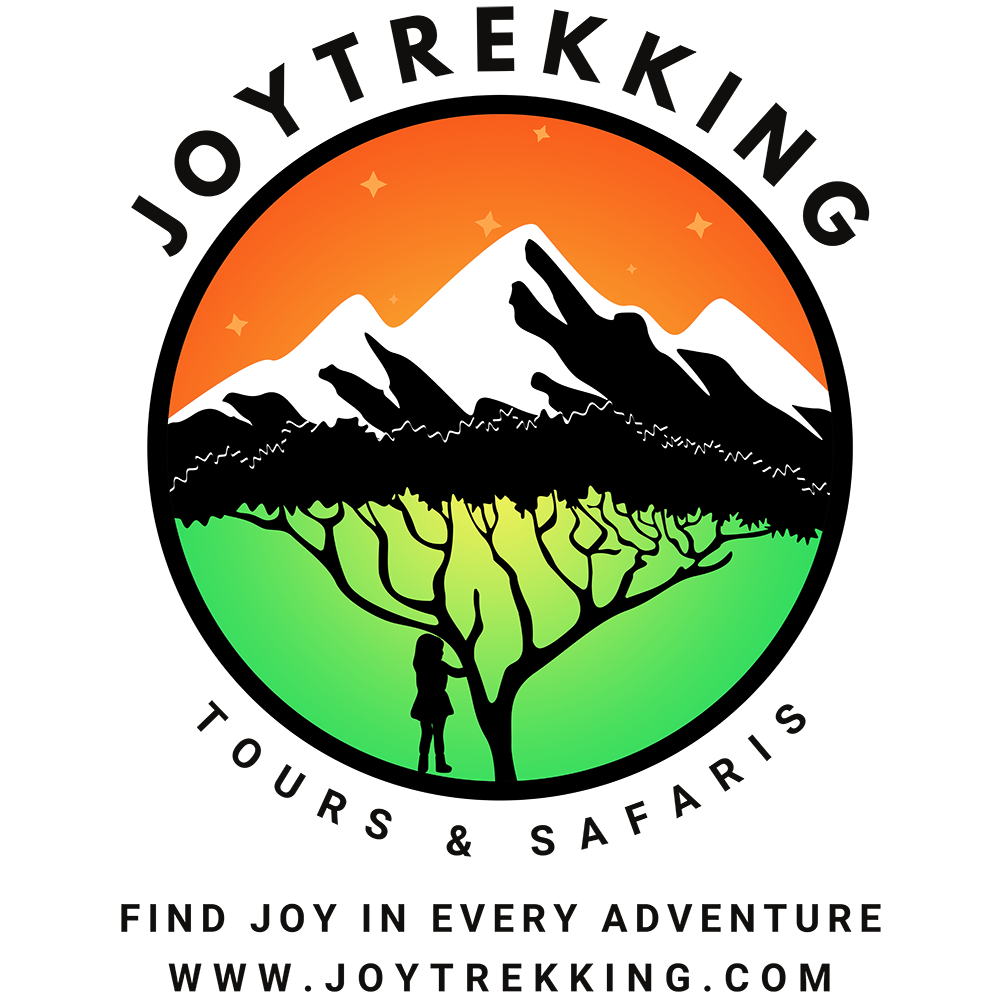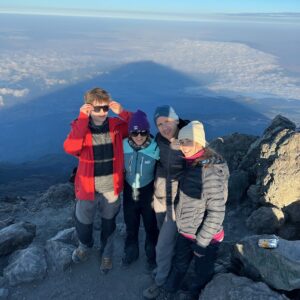Often overshadowed by its famous neighbor, Mount Meru is Tanzania’s second-highest mountain and an ideal acclimatization climb before Kilimanjaro. Over 4 days, hikers traverse dense rainforest, open heathland, and dramatic ridge lines with sweeping views of Arusha National Park and Kilimanjaro itself. Less crowded and teeming with wildlife, Meru offers a more intimate and wild trekking experience. With its challenging summit approach and stunning sunrise views from Socialist Peak, Mount Meru is a rewarding adventure in its own right.
Highlights
-
Wildlife Sightings in Arusha National Park
-
Diverse Landscapes from Forest to Crater
-
Fewer Crowds, More Solitude
-
Stunning Ridge Walk to the Summit
-
Excellent Acclimatization for Kilimanjaro




